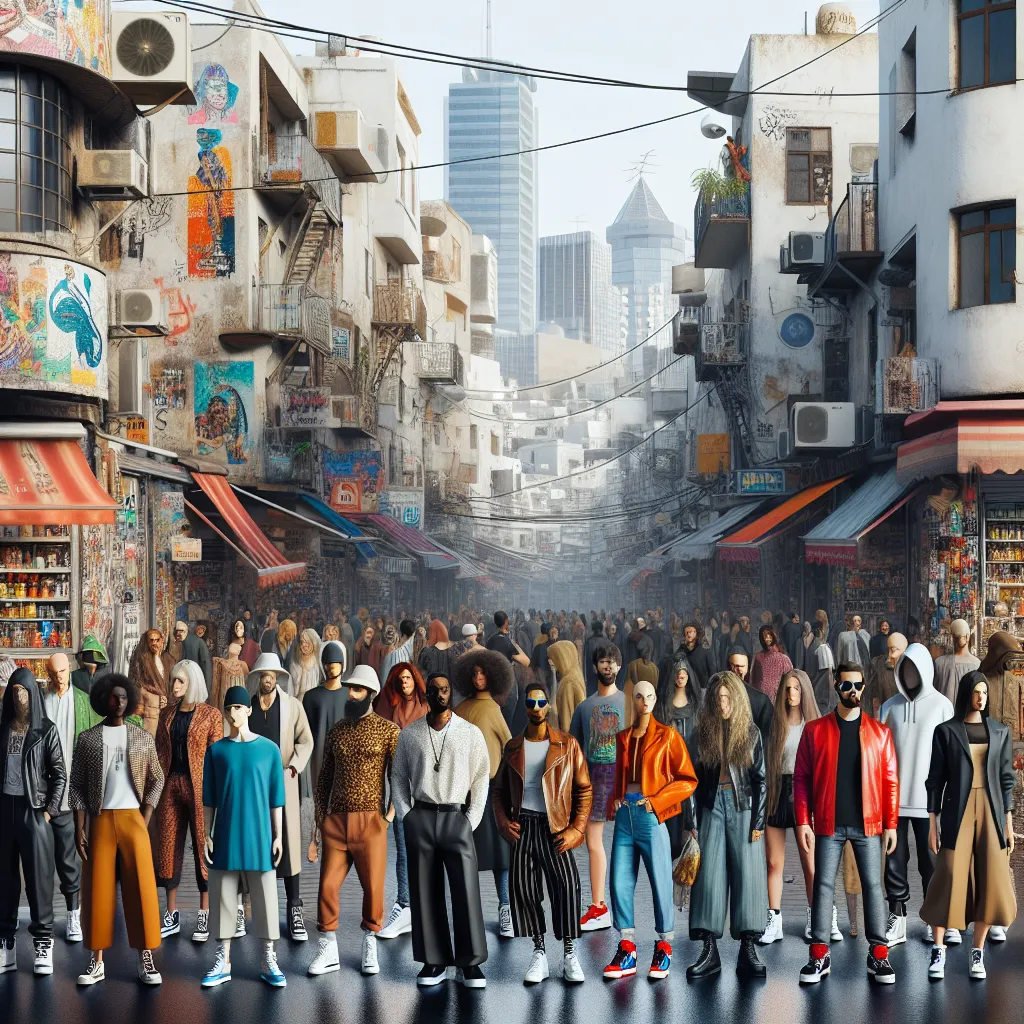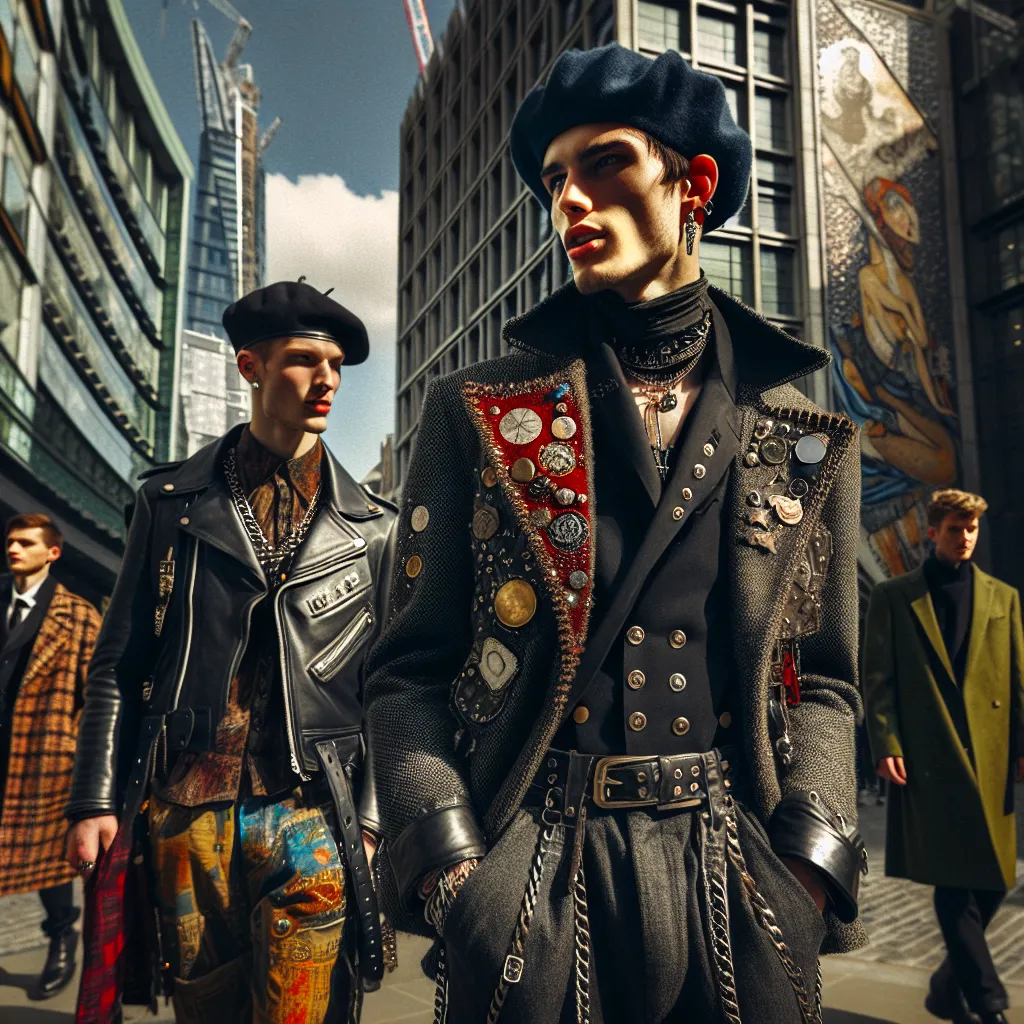
The Evolution of Street Style: A Fashion Movement
The Origins of Street Style: From Subculture to Mainstream
Street style has evolved from its origins as a subculture to becoming a dominant force in the fashion industry. The roots of street style can be traced back to the countercultural movements of the 20th century, particularly in urban centers. What began as a form of self-expression for marginalized groups such as the youth, hip-hop enthusiasts, and skateboarders, has now permeated mainstream culture and high fashion.
The early influences of street style can be seen in the expressive clothing worn by subcultural groups as a rejection of traditional fashion norms. The punk movement of the 1970s, for example, embraced DIY aesthetics and anti-establishment sentiments, giving rise to the iconic leather jackets, ripped jeans, and unconventional hairstyles that would later influence street style fashion.
Similarly, hip-hop culture played a vital role in shaping street style, with oversized silhouettes, sportswear elements, and bold accessories becoming defining features of urban fashion. Meanwhile, skateboarders developed their own distinctive street style, characterized by functional clothing suited for their active lifestyle.
As street style gained recognition for its authenticity and edginess, it caught the attention of influential designers and fashion houses. This led to the assimilation of street-inspired looks into high fashion collections and the proliferation of streetwear brands. Collaborations between luxury labels and streetwear designers further blurred the lines between subculture and the mainstream, cementing street style as a legitimate fashion movement with global impact.
Today, street style continues to be a driving force in shaping fashion trends, inspiring new collections and challenging conventional sartorial norms. Its evolution from a subcultural phenomenon to a mainstream powerhouse reflects the dynamic nature of fashion and its ability to embrace diverse influences.
Influential Moments in Street Style History
One of the most influential moments in the history of street style can be traced back to the emergence of the punk movement in the 1970s. The subversive and anti-establishment ethos of punk fashion made a significant impact on street style, with its ripped clothing, safety pins, and DIY attitude. This era marked a turning point in the way people expressed themselves through fashion, embracing a more individualistic and rebellious approach.
In the 1980s, the hip-hop culture became a driving force in shaping street style. The iconic look of baggy jeans, oversized t-shirts, and statement jewelry became synonymous with the urban youth and set the stage for a new wave of streetwear. This era also witnessed the rise of sneaker culture, with brands like Adidas and Nike becoming integral to street style fashion.
The 1990s brought grunge fashion into the spotlight, with its plaid shirts, combat boots, and disheveled aesthetic. This era marked a departure from the polished looks of previous decades, as it embraced a more unkempt and laid-back approach to style. Grunge not only left its mark on street fashion but also influenced high-end designers, proving the power of street style to permeate mainstream fashion.
Fast forward to the present day, and street style continues to evolve and shape the fashion landscape. Social media and the internet have played a pivotal role in democratizing fashion, allowing individuals to showcase their unique style and trends to gain global visibility. Influential moments in street style history continue to emerge, as subcultures and urban influences intersect to redefine what it means to be fashionable in a rapidly changing world.
In conclusion, the evolution of street style is a testament to the power of self-expression and individuality. Influential moments throughout history have consistently redefined the boundaries of fashion, pushing the envelope and challenging conventional norms. As the movement continues to evolve, one thing remains certain: street style will always be a reflection of the cultural, social, and political movements that shape our world.
Street Style Icons: Shaping Fashion Trends
Street style has evolved into a powerful fashion movement, with street style icons playing a significant role in shaping fashion trends. These individuals are influential figures who have mastered the art of blending high-end fashion with urban streetwear, inspiring trends that resonate globally. Street style icons are known for their unique, individualistic approach to fashion, often pushing boundaries and redefining what it means to be stylish.
One of the most iconic figures in street style is the late Bill Cunningham, a legendary fashion photographer known for capturing the essence of street style in New York City. His keen eye for spotting emerging trends and unique personal style made him a revered figure in the fashion world. Cunningham’s work not only documented street style but also propelled it into the mainstream, elevating the status of street style icons.
In recent years, social media has played a pivotal role in amplifying the influence of street style icons. Platforms like Instagram have provided a global stage for individuals to showcase their distinctive fashion sense, garnering massive followings and becoming trendsetters in their own right. Icons like Virgil Abloh, A$AP Rocky, and Bella Hadid have leveraged social media to share their sartorial choices with millions, shaping the way people perceive and adopt street style.
The impact of street style icons extends beyond the realm of fashion, influencing music, art, and popular culture. Their fearless experimentation with fashion has paved the way for inclusivity and self-expression, encouraging individuals to embrace their unique style sensibilities. As a result, street style has become a driving force behind the democratization of fashion, breaking down traditional boundaries and opening doors for diverse voices to be heard.
Ultimately, street style icons continue to be at the forefront of fashion innovation, continuously shaping and redefining trends while inspiring a new generation of style enthusiasts. Their fearless attitude and unparalleled creativity have propelled street style into a global phenomenon, solidifying its place as a pivotal force in the ever-evolving landscape of fashion.



